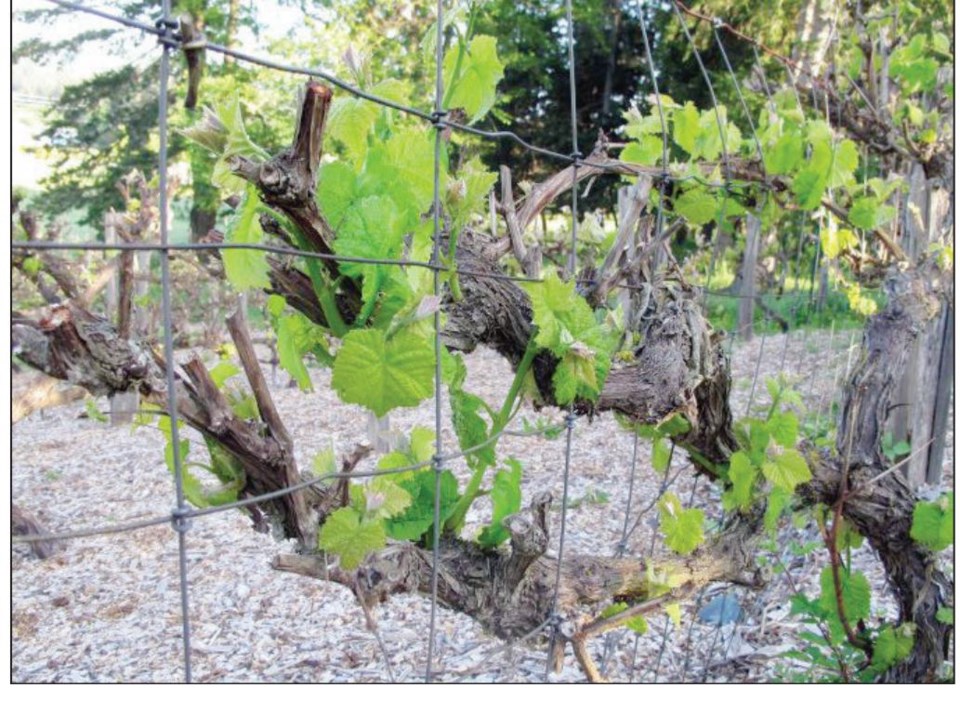Grapes are a great backyard choice if you're seeking delicious juice, some wine to savour or snacks fresh from the vine. But look elsewhere if it's low maintenance or fast production that you want.
Grapevines need a lot of attention and as many as five years to mature from bare root plants.
"It's less expensive to do grapes than traditional landscaping like shrubs and flowers from an investment viewpoint," said Tom Powers, author of The Organic Backyard Vineyard (Timber Press, 2012). "The trade-out is that you have to put in more maintenance time."
Starting a small vineyard also requires planning. Does your preference run to table grapes or wine grapes? American or European cultivars? Do you plan to use chemical pesticides and herbicides or go organic?
Whatever you decide, don't let a lack of space stop you, said Powers, who has designed and installed more than 100 vineyards, primarily around the San Francisco Bay area.
"If you are simply hoping to plant some table grapes for home consumption, you do not need a vineyard," he said. "You can grow grapevines up an arbour, over a fence or against a wall."
Wine grapes, however, should be trained to grow on a trellis. That makes them easier to manage and allows the sun to reach the leaves, which produces good fruit.
"Even a few rows of vines can produce enough grapes to make several hundred bottles of wine every year," Powers said.
A visit to local wineries will tell you if you like wines made from grapes that grow in our 91原创 Island climate.
Here are some additional grape-growing basics:
? Selection/hardiness: Match the grapes to your climate by knowing how many frost-free days they'll need to ripen, Powers said.
? Spacing: Vines planted for training on a trellis normally are spaced 2.4 metres apart, while those planted for training on an arbour can be placed 1.2 metres apart, said Gary Gao, a small-fruit specialist with Ohio State University Extension.
? Soil: Most any kind will do, but the best are those combining fertility with good drainage.
? Sunlight: At least eight hours a day. Photosynthesis uses energy from the sun to convert carbon dioxide to sugar. This is important, Powers said, because sugars are the basic building blocks of the components giving wine its flavour.
? Pruning: Once a year when the vine is dormant. "What you do for accepted growth in summer is pull leaves," Powers said. Strip any part of the leaf canopy that forms around the fruit.
? Pest management: "The first step is to practise prevention," Powers said. "Choose the right location, prepare the soil and select the right rootstock. Maintain the vines properly with adequate water and nutrition. Always use the least toxic method for control of any problem."
Growing requirements are much the same no matter which grape varieties you choose, Gao said.
Most cultivars were developed for a specific use, although you can work with an all-purpose grape like the Concord, he said.
"Some will eat it as a table grape but it's not perfect," Gao said. "Others will use it for juice or a [not premium] wine. Most would use the Concord for jams or jellies."
It probably is best to choose just one variety bred for a specific purpose. "Their flavours are more concentrated," he said.
Grapevines require at least three years to produce a harvest, Powers said. "I tell people five years."



